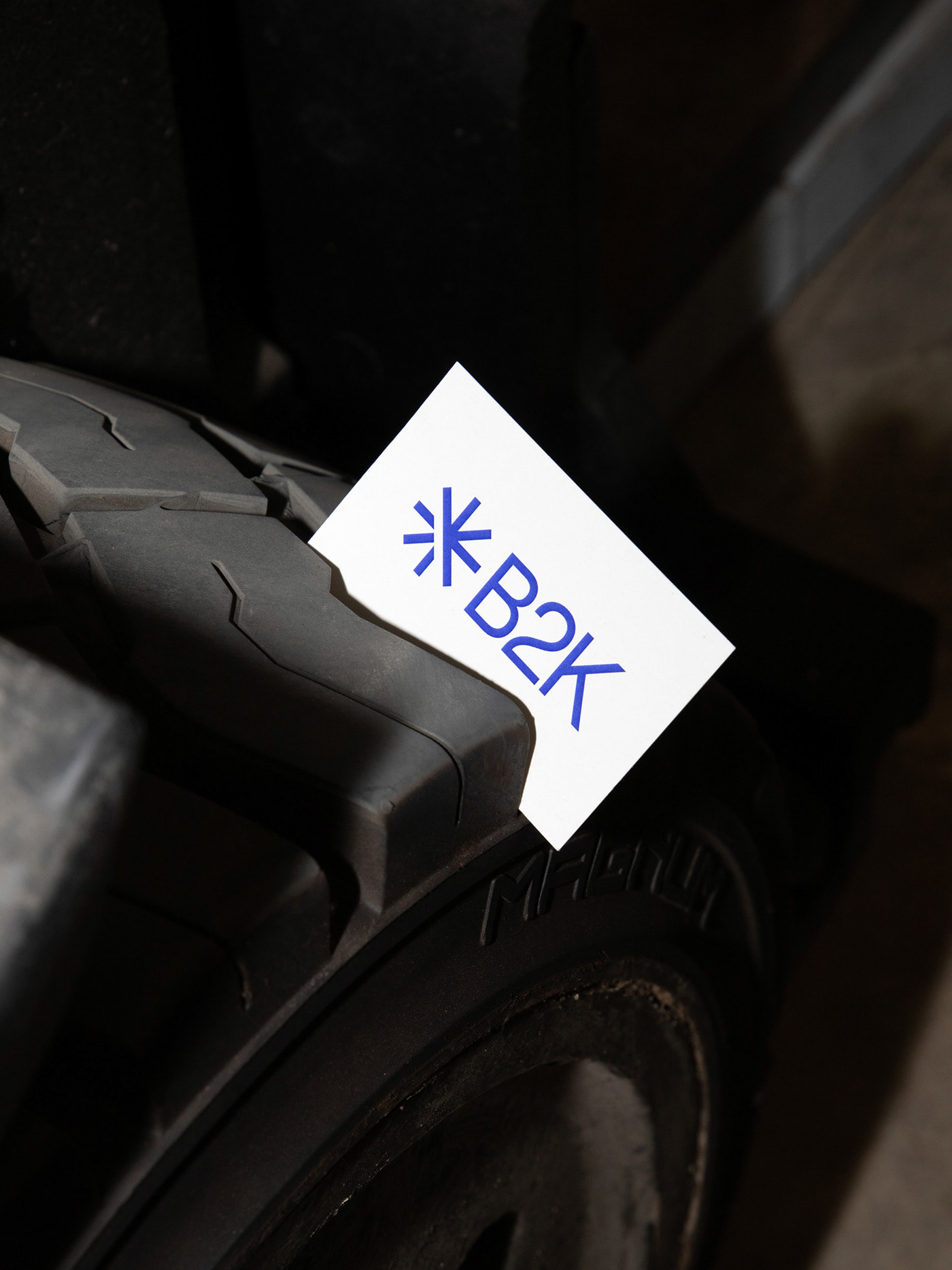Owl Calls: Using Design Thinking to create a consultation tool for today's workspaces

Owl Calls is a mobile design that I created in order to help freelancers working in co-working spaces more effectively monetize their skills and personal networks in order to efficiently and enjoyably exchange knowledge.
Understanding the Problem:
The very casual and friendly attitude of most co-working spaces can come at the price of not having a standardized structure for commercial transactions among freelancers. Tools like slack are too disorganized and traditional consultant networks are too cold. Freelancers need a professional tool that provides them with a transactional structure, but remains emotionally honest to the informal and friendly networking stye that governs most co-working spaces.
In search of a solution to this problem, I tested and prototyped a mobile application that allows users to connect with experts in any field for paid consultation calls. The app brings value to both buyers and sellers of knowledge alike. I selected members of Factory Berlin, a co-working space where I am a member, to be my target group for whom I would design the app.
Observing the Target Group:
I began with a competitive analysis of similar applications such as Clarity, along with a close examination of the Factory workspace community. Part of Factory's value is that it is a human resources pool for companies seeking tech talent, as well as for startups and freelancers seeking clients, consultations and skills. Many members are self-employed and leverage the network in order to make friends, as well as to make a living.

I noticed from my own research that the primary networking and communication tool among Factory members is the space's Slack channel. Factory's Slack, with its mix of professional contacts and informal friendliness, appeals to many – but it's also very disorganized if one requires more complex exchanges of information. There is much room for improvement.
Point of View & Personas:x
By interviewing Factory members about what they do and don't like about Slack, as well as their thoughts on the Factory community in general, I was able to create three personas that (broadly) identified the interests and aspirations of Factory members – as well as what kinds of information they sought out from others in the community and why. I then used data from my interviews to identify general goals that my app should be able to solve. From these, user journeys were plotted.


Product Ideation:
Next, clear user flows and information architecture were drawn out with the goal of satisfying both the people seeking expert consultation and consultants seeking a marketplace. The decision was made that the app needed two separate modes of operation – one for buying knowledge and one for selling it.
Within both modes, users have contacts, a profile and a means of scheduling calls. This allows both the expert and the general user to both play an active roll in contacting the one another the app – but with clear goals. It also allows for a more orderly way of managing client relationships verses consultant relationships.
All of this could not have efficiently been done without ironing out key constraints for the app early on with affinity maps, low-fidelity drawings and mid-fidelity mock-ups.
At around the same time, the app's branding became crystalized with the age-old symbol of wisdom, the owl (not to mention the not-so-age-old symbol for other brands that focus on human interaction, such as Duolingo and Tripadvisor). It was at this point that "Owl Calls" was born.

Protytyping & Usability Testing:
A prototype was shown to members at the Factory workspace. Carefully scripted questions about their perceptions of the design were put forward (most said that they would definitely try it) and inefficiencies both in the architecture and the UI were uncovered and remedied during testing. Preference tests also helped uncover which aesthetic qualities worked well and which did not.
The user testing script can be seen by clicking Here.
Feedback from fellow designers was also taken into account – especially as it pertained to making a more direct value proposition to the user during onboarding and on the main menus. Based on this feedback, the amount of steps required to complete tasks nearly halved and the app's general layout became even more clear and intuitive.
This process can be seen in part by juxtaposing the earlier versions of important screens (left) with their most recent iterations (right).


Design Implementation & Moving Forward:
This application and others like it demonstrate how critical it is for modern digital tools to understand how personal networks form and endure. Knowing this is critical when designing a product meant to create meaningful, relationship-based value. Doing this creatively and pragmatically can turn disparate clusters of people into dynamic marketplaces overnight.
Further research and increasing amounts of feedback from friends in the design community have also lead me to look at other possibilities for Owl Calls. The next type of tool that I plan to test at Factory is a conversational bot that could connect community members based on complementary skills.
With a playful owl character already designed, the right conversational interface matched with the right type of emotional design (and a little machine learning) could prove to be the makings of a far more effective consultation tool than any iOS or Android app ever could be.





